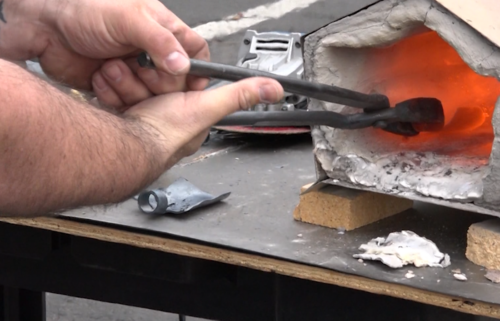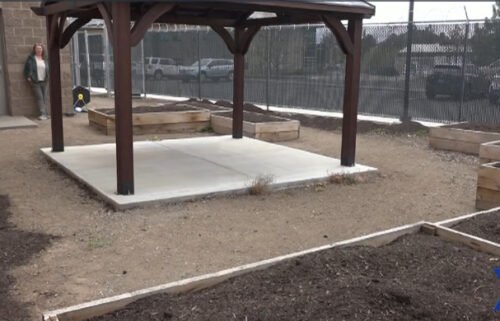Special lunar eclipse takes place early Wednesday

A special lunar eclipse is set to take place early Wednesday morning, but the weather may play a role in whether High Desert residents can view it.
The total eclipse will begin at 4:51 a.m. and conclude by 8:08 a.m.
What makes this eclipse so special is that it is also a “blue moon,” meaning it is the second full moon and of the month, which happens only once two years or so.
It’s also a super moon, which means it is as close as it gets to the earth.
This perfect storm eclipse — which some call a “super blue blood moon” — has not happened for 150 years, astronomers say.
Bob Grossfeld, manager of the Oregon Observatory at Sunriver, said this lunar eclipse is going to be amazing to witness.
“So it’s not unusual to see a total lunar eclipse,” Grossfeld said. “It’s just the opportunity… of a lifetime for us to see the three events all at one time.”
But Grossfeld said you can easily view the eclipse from your own home.
He said as long as the skies are clear enough, you should be able to see the eclipse between 3:30 and 6:30 in the morning.
“You don’t need to be an observatory to witness the lunar eclipse. A good pair of binoculars works extremely well,” Grossfeld said. “But just being able to watch the moon over Central Oregon, (which) has such dynamic views anyway to the west, it’s going to be awesome for anyone who can go outside and take a look.”
Grossfeld said the best time to view the eclipse will be between 4:50 and 5:30 in the morning, as that is when it will be in totality.
Unlike the solar eclipse, the lunar eclipse will be in totality for just over an hour.
The Oregon Observatory will be open at 3:30 a.m. and will close at 6:30 a.m Wednesday to view the eclipse.
NewsChannel 21’s Michaela Beechem said clouds are unlikely to completely hide the lunar show. However, she said, “It’ll be able to shine through the clouds, but chances of seeing the moon turn red could be slim.”
Another challenge in watching will be how low the moon is on the horizon — just 25 degrees above the horizon as totality begins, and dropping even lower after that. So trees, mountains, buttes or hills will have an impact, as well.



